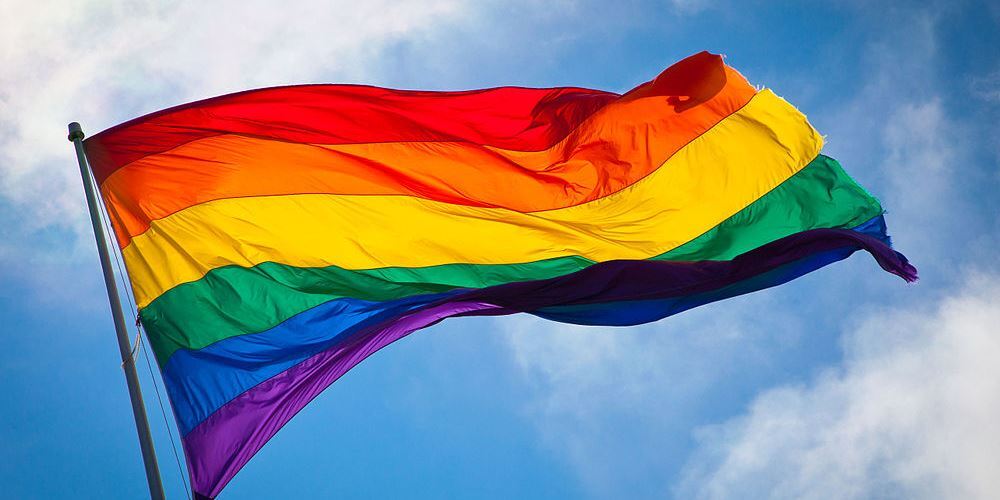Remembering the Holocaust

Following several years of escalating persecution under the Nazi regime, more than six million Jewish people were murdered during the Holocaust.
Alongside Romany Gypsies and people with disabilities, members of the LGBT community were also targeted by the Nazis in their efforts to eradicate entire communities who they portrayed as a threat to the ‘German people’.
While Berlin in the 1920s and early 1930s was home to a flourishing LGBT community, since immortalised in Goodbye to Berlin and Cabaret, the Nazi rise to power was followed by a swift and brutal crackdown.
Between 1933 and 1945, an estimated 100,000 men were arrested in Nazi Germany as ‘homosexuals’, of whom 50,000 were sentenced, and between 5,000 and 15,000 were sent to concentration camps. Lesbians, bi women and trans people, whose experiences remain under-researched, were also targeted. It is unclear how many LGBT people perished in these camps.
Holocaust Memorial Day gives us a chance to pause and reflect on this chapter in Jewish history, LGBT history, and our shared human history.
Holocaust Memorial Day gives us a chance to pause and reflect
As homosexuality was only decriminalised in Germany decades after the Second World War, many LGBT survivors could not publicly give voice to their stories and experiences.
That’s why today, I am thinking about Gad Beck, a gay Jewish man who survived the Holocaust, and supported many others to do the same, by using his connections in Berlin’s underground gay community.
I’m also thinking about Annette Eick, a Jewish lesbian who narrowly avoided the fate met by her parents in Auschwitz by fleeing to England in 1938, where she later met her partner.
And most of all, today I am thinking about those victims and survivors, families and communities whose stories have all but been lost. That is why it’s so important we remember those stories that have survived, and which continue to come to light.
Today I am thinking about those victims and survivors, families and communities whose stories have all but been lost
Remembrance is a powerful, transformative act. In the concentration camps, prisoners arrested for being ‘homosexual’ were forced to wear a pink triangle on their sleeve as a badge of shame.
Now, the pink triangle has been inverted and reclaimed as a symbol of queer resistance and liberation, as was done most visibly by American HIV/AIDS activists in the 1980s.
The pink triangle symbolises the power of remembering the past, reflecting on the injustices that persist today, and the possibility of a future where people are not demonised for their difference.
As a gay Jew, it is a symbol I wear with pride.
More than 70 years on from the end of World War Two, today’s burial offers the chance for us to remember those who suffered under the Nazi regime, and to give them a small amount of the dignity they deserve. Today we remember them.

